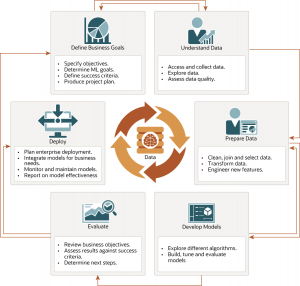Buffer busy waits occur when multiple processes compete for access to specific blocks in the buffer cache of an Oracle database. In order to address this issue, it is essential to identify which blocks are causing contention and understand the reasons behind it. The most effective solution is to eliminate the root cause of the contention.
In many cases, buffer busy waits for data blocks occur because multiple processes are repeatedly accessing the same blocks. For example, if several users are scanning the same index, the first session quickly processes the blocks that are already in the buffer cache. However, when a block needs to be read from disk, other sessions scanning the same index catch up and also require that block. As a result, they have to wait for the buffer cache since another session is already reading the block from disk.
To mitigate buffer busy waits, it is important to analyze and optimize the access patterns to these blocks. This may involve techniques like tuning queries, optimizing indexing strategies, or reconsidering the nature of concurrent operations on the database. By resolving the contention and optimizing these operations, the buffer busy waits can be reduced, leading to improved performance and reduced wait times for accessing the buffer cache.

